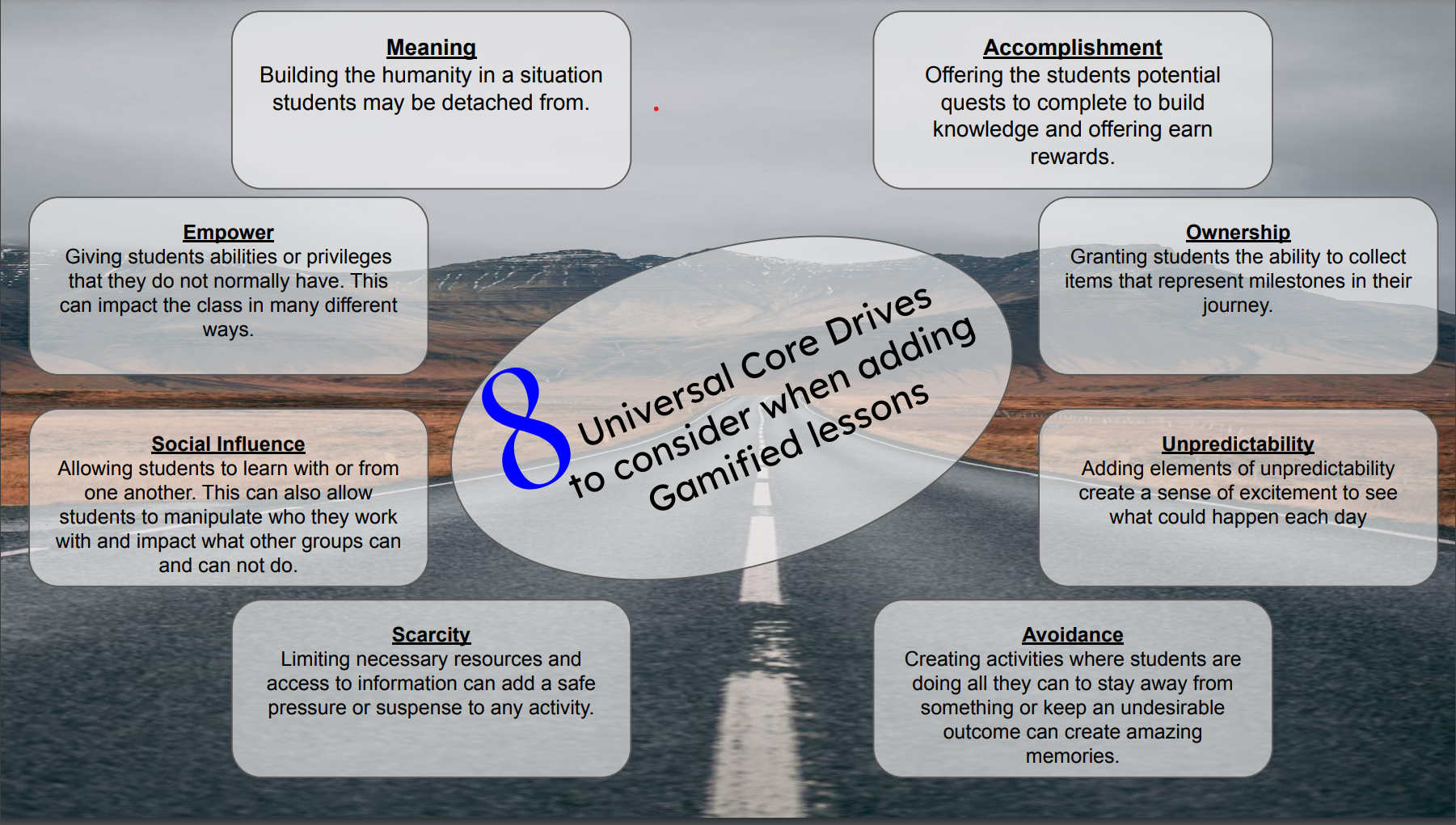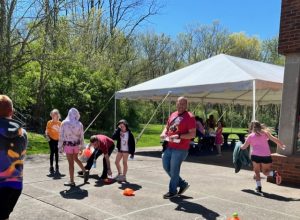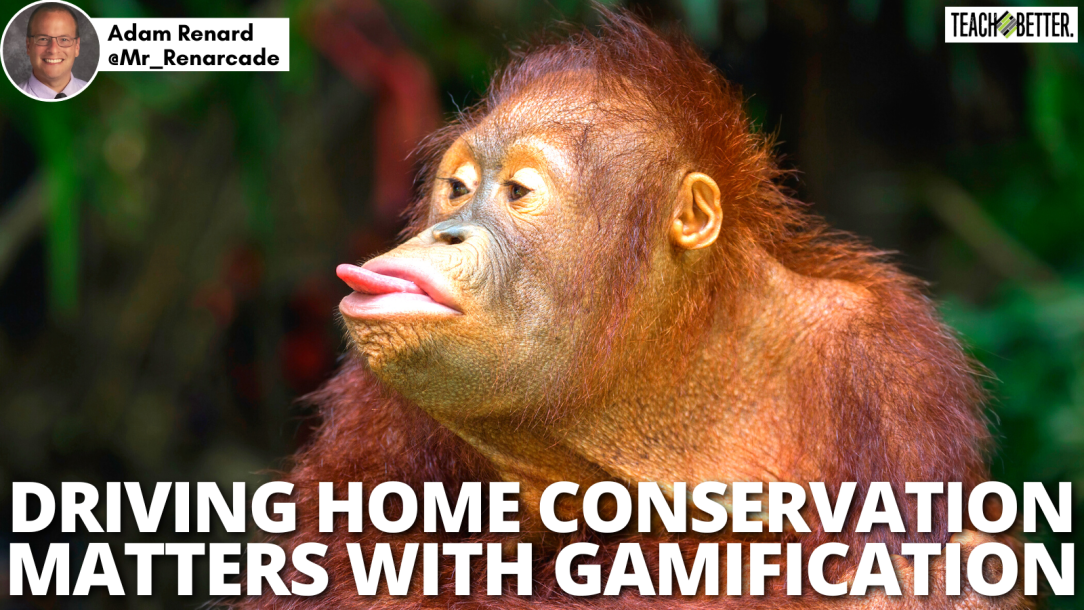TL;DR:
- Gamification can increase student engagement in learning by incorporating game mechanics into educational activities.
- By aligning key content with the core drives of gamification, educators can create meaningful lessons that connect to difficult topics such as conservation.
- A practical example is using a game to teach students about the impact of habitat loss on orangutans and biodiversity, where students navigate a grid representing orangutan habitat and face challenges as their habitat diminishes.
- Gamification can help students understand complex issues, reflect on the consequences, and empower them to take action for positive change.
Issues of conservation are becoming a sticking point in our science standards. These topics increasingly lead to hard, but necessary discussions. How do educators respectfully communicate the cultural and lasting impacts of populating the Amazon rainforest? Is there a way to engage students in thinking about human-wildlife conflicts? How do we avoid destroying habitats to help feed a rapidly growing population? What does the removal of one species do to the biodiversity of all living things? I have found that taking inspiration from board games may reveal the answer.
The Root of Gamification
Gamification is using game mechanics in an activity to increase the engagement of your audience. The very concepts that enrapture our students in video games can connect them to key content. There are two things we must be willing to work through to do so. First, the 8 universal core drives bring a heightened level of engagement to many tasks. Second, we can connect the concepts we are trying to communicate to some of those eight characteristics.

Photo by Sebastian Palomino, retrieved from Pexels.com
When creating a gamified lesson, think about the key content. Then align those main points with one of the core drives. What two or three key concepts do you want students to come away knowing or thinking about? The key to all successful gamification is keeping the content front and center. One can present key content in a multitude of ways, however, the content is still the core.
The key to all successful gamification is keeping the content front and center. One can present key content in a multitude of ways, however, the content is still the core. Click To TweetLinking Gamification and Conservation
Recently in my fourth-grade classroom, we completed a lesson about how changes to our planet are affecting different species. Students in my class were learning about how changes to an environment affect the biodiversity of a location. We would highlight Sumatran and Bornean orangutans, which are experiencing massive habitat loss primarily due to palm oil plantations, putting them in danger of extinction within the next two decades. To help students understand one of the impacts of habitat loss on apes and biodiversity, we looked at seed dispersal. Yes, we talked about orangutan poop and how it impacts plants.
When designing lessons, select no more than three of the eight drivers. This keeps concepts in focus without the activity getting too difficult. For this lesson, I selected accomplishment, scarcity, and avoidance. After students gained background knowledge on the issue, they went outside where a large grid drawn in chalk waited. Each section is numbered one through twenty.
[scroll down to keep reading]The Game Is Afoot
Once outside, students randomly received a card outlining two numbers on the grid that they needed to travel between. This represented their range as an orangutan. Each turn they successfully completed their movement between two spots, and they received a tree stamp representing a tree that grew because of them.
However, at the end of each turn, we rolled a 20-sided dice. The number rolled eliminated the numbered area from the “habitat.” The space was converted into a palm oil plantation and the students in that space were out.
As the game progressed and areas were removed, students were eliminated just because one of their areas is no longer there. Other students were eliminated because they were no longer able to reach one of their assigned points.

Students attempt to figure out what to do when one of their areas is gone.
Reflecting on the Activity
Upon completion, students gathered in small groups and discussed their feelings about the activity. They considered why the different mechanics of the activity existed. What did each action represent? Why would people not want the orangutans around and what makes the plantations so important?
Then circling all the way back to the key content, how would the disappearance of this species affect the population of other animals and plants? While a fun challenge for students, a very real issue anchored the activity. Allowing students to physically engage enabled understanding of the frustration of the situation and the need for change. Finding how to support this situation can empower students to see the role they can play and provide hope in the actions of others.
Gamification is a tool, one that speaks the language of the youth today. Incorporating it in lessons entices students in ways that a traditional model does not, and for many young learners, it is a real gateway to learning. Including elements of challenging fun in learning can help to create truly memorable educational experiences that drive home the meaning of pressing issues. I want to encourage readers to experiment. Find what drives your students and work to incorporate it into your practice. It could make a real difference in creating meaning for some of the most difficult topics with our most difficult students. That is how to change the world. Our future may depend on it.
This article was based on Adam Renard’s graduate work with Miami University and Project Dragonfly. The details for the lesson can be found here. It is free to use.
About Adam Renard
Adam Renard has been a teacher for 18 years now. He began his career in southwest Virginia and after 12 years returned home to Ohio to be near his extended family. During his time in the classroom he became increasingly daring to try new things for his students’ benefit. Introducing tech tools, learning formats and eventually finding a passion for gamification. In 2021, he began a journey to get his master’s degree from Miami University’s Project Dragonfly. This opened his eyes to the world of conservation biology and the need to address issues that once seemed so far off.




